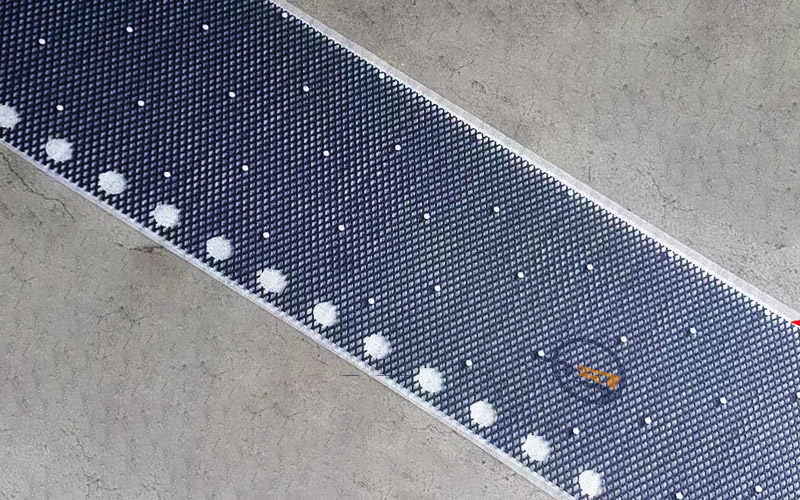Titanium anode for chlorine production by electrolysis of seawater, is used to generate chlorine or other chlorine-containing compounds through electrolysis of seawater for purposes such as sterilization and antifouling. The basic principle of chlorine production by electrolysis of seawater is to apply direct current to the cathode and anode of the seawater electrolytic cell, causing electrolysis of seawater and generating effective chlorine or other chlorine-containing compounds.
Control Principle of Chlorine Production from Seawater
The control principle of chlorine production from seawater is to control the magnitude of the current and the electrolysis time, so that the chloride ions in seawater and the oxygen ions in water molecules undergo redox reactions to generate chlorine gas and hydrogen gas.
- The chloride ions (Cl-) in seawater and water molecules (H2O) undergo redox reactions to generate chlorine gas (Cl2) and hydrogen gas (H2).
- In the electrolytic cell, the current is passed through two electrodes. The positive electrode is called the anode and the negative electrode is called the cathode.
- The chloride ions in seawater on the anode are oxidized to chlorine gas, and the water molecules on the cathode are reduced to hydrogen gas.
- By controlling the magnitude of the current and the electrolysis time, the generation amounts of chlorine gas and hydrogen gas can be regulated, thereby controlling the efficiency and output of chlorine production.
Chlorine production by electrolysis of seawater is an important and innovative technology with significant applications.
The principle of this process is relatively straightforward. When an electric current is passed through seawater in an electrolytic cell, the chloride ions (Cl-) present in the seawater undergo oxidation at the anode. This oxidation process results in the formation of chlorine gas (Cl2). The overall chemical equation for this reaction can be represented as: 2Cl- → Cl2 + 2e-.
Chlorine has several notable chemical properties. It is a highly reactive element and readily combines with many other elements and compounds. Chlorine can react with metals to form metal chlorides. For example, it reacts with iron to form iron chloride and iron chloride. Chlorine also reacts with hydrogen to form hydrogen chloride (HCl), a gas that dissolves readily in water to form hydrochloric acid. When chlorine is dissolved in water, it undergoes a disproportionation reaction to form hypochlorous acid (HClO) and hydrochloric acid. Hypochlorous acid is a strong oxidizing agent and is responsible for the disinfecting properties of chlorine in water treatment.
The advantages of chlorine production by electrolysis of seawater are numerous. Firstly, seawater is an abundant and readily available resource, eliminating the need for complex and costly transportation or storage of raw materials. Secondly, the process is environmentally friendly as it does not produce harmful by-products. Additionally, the chlorine generated can be used immediately for various purposes such as disinfection, water treatment, and industrial processes.
However, there are also certain precautions to be taken when using this technology. One of the main concerns is the potential corrosion of the electrolytic equipment due to the harsh marine environment. Special materials and coatings need to be used to ensure the longevity and efficiency of the equipment. Another important aspect is the safety of handling and storing the generated chlorine gas, as it is a toxic and reactive substance. Adequate ventilation and safety measures must be in place to prevent any accidents.
chlorine production by electrolysis of seawater offers a promising and sustainable solution for various applications. Understanding the principles, including the chemical properties of chlorine, the advantages, and precautions associated with this technology allows us to maximize its benefits while ensuring safe and effective operation.









